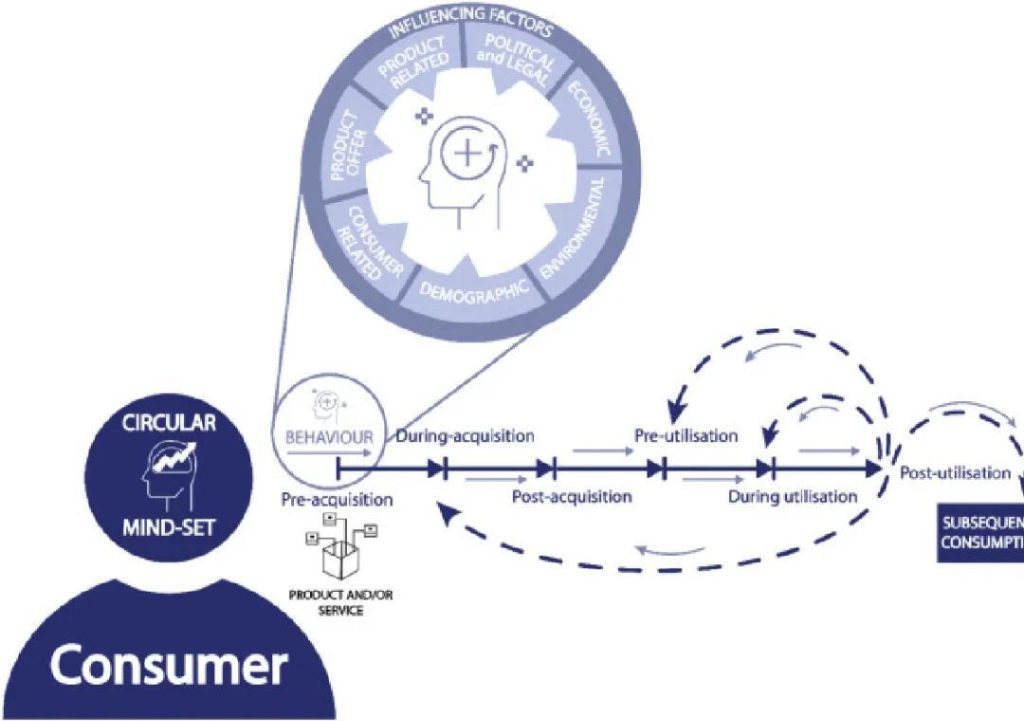
Shifts in Consumer Recovery Patterns
The COVID-19 pandemic has brought about unprecedented challenges for businesses worldwide, forcing them to adapt to a new reality of economic uncertainty and digital transformation. One of the most significant shifts in this new landscape is the evolution of consumer recovery patterns. As consumers have become more resilient and adopted digital channels, businesses are now focusing on sustainability, affordability, and personalized experiences to retain them.
The Rise of Digital Adoption
The pandemic has accelerated digital adoption across industries, with consumers embracing online shopping, digital payments, and social media to navigate the new normal. This shift has created new opportunities for businesses to connect with customers and recover from the economic downturn. According to a report by GrowthJockey, 70% of consumers have increased their online shopping habits since the pandemic, with 60% preferring digital channels for customer service.
Economic Resilience Strategies
In response to the economic uncertainty, consumers have become more frugal and budget-conscious. Businesses have adapted by focusing on affordability, offering flexible payment options, and promoting value-added services. According to a survey by GrowthJockey, 80% of consumers are more likely to choose a business that offers flexible payment options, highlighting the importance of financial flexibility in the recovery process.
Personalization and Experiences
As consumers have become more discerning, businesses are focusing on creating personalized experiences to retain them. This includes targeted marketing, loyalty programs, and personalized customer service. According to a report by GrowthJockey, 75% of consumers are more likely to return to a business that offers personalized experiences, highlighting the importance of human connection in the recovery process.
Sustainability and Social Responsibility
The pandemic has also brought attention to the importance of sustainability and social responsibility. Consumers are now more likely to support businesses that prioritize environmental and social causes, demonstrating a growing awareness of the impact of their purchasing decisions. According to a survey by GrowthJockey, 85% of consumers consider a company’s social responsibility when making purchasing decisions, highlighting the importance of corporate social responsibility in the recovery process.
Adaptive Strategies for Business Recovery
In response to these shifts, businesses are adopting adaptive strategies to recover from the pandemic. These strategies include:
- Digital Transformation: Businesses are investing in digital channels, including e-commerce platforms, social media, and mobile apps, to connect with customers and improve operational efficiency.
- Personalization: Companies are focusing on creating personalized experiences, including targeted marketing, loyalty programs, and personalized customer service, to retain customers and drive loyalty.
- Sustainability: Businesses are prioritizing sustainability, including reducing waste, promoting eco-friendly practices, and supporting social causes, to appeal to environmentally conscious consumers.
- Affordability: Companies are offering flexible payment options, promotions, and discounts to appeal to budget-conscious consumers and drive sales.
- Data-Driven Decision Making: Businesses are leveraging data analytics to better understand customer behavior, preferences, and needs, and make data-driven decisions to drive recovery.
Conclusion
The pandemic has brought about significant shifts in consumer recovery patterns, with consumers adopting digital channels, prioritizing sustainability, and seeking personalized experiences. Businesses that adapt to these changes by focusing on affordability, sustainability, and personalization are more likely to recover from the pandemic and thrive in the post-pandemic landscape. By embracing these adaptive strategies, businesses can align with evolving market expectations and customer behaviors, ensuring long-term success and resilience.
Source:
https://www.growthjockey.com/blogs/evolution-in-consumer-recovery






